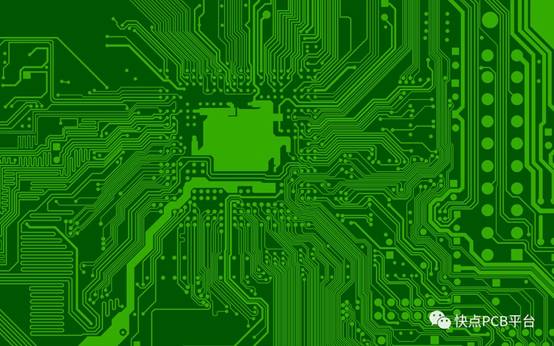
5g communication challenges PCB industry
As the fifth generation mobile communication network, 5g's most important applications are industrial and enterprise applications, which are no less important than a new industrial revolution. Any industry can improve its efficiency through 5g. Some industries can derive new application scenarios and business models thanks to 5g technology, and then may introduce new competitors, and the position of the incumbent may be overturned.

Taking PCB industry as an example, it is generally believed that 5g communication will surpass the two application markets of intelligent terminal and automobile electronics in the next three to five years, and become the first engine to drive the growth of PCB industry. At the same time, 5g also puts forward higher and stricter requirements for PCB technology, which can be said to be opportunities and challenges coexist.
5g communication challenges PCB industry
Material requirements
A very clear direction of 5g PCB is high frequency and high speed material and board making. Wu Jun, vice president of research and development of Yibo science and technology, pointed out that in terms of high-frequency materials, it is obvious that leading material manufacturers in traditional high-speed fields such as Lianmao, Shengyi and Panasonic have begun to lay out high-frequency boards and launch a series of new materials. This will break the situation that Rogers is the only one in the field of high-frequency sheet metal. After benign competition, the performance, convenience and availability of materials will be greatly enhanced. Therefore, the localization of high frequency materials is an inevitable trend.
In terms of high-speed materials, Wu Yuanli, procurement manager of XINGSEN technology, thinks that 400g products need to use M7N and mw4000 materials of the same grade. In the backplane design, M7N is already the choice with the lowest loss. In the future, larger capacity backplane / optical modules need lower loss materials. The combination of resin, copper foil and glass cloth will achieve the best balance between electrical performance and cost. In addition, high-level number and high-density will also bring reliability challenges.
Requirements for PCB design
The plate selection should meet the requirements of high frequency and high speed, and the impedance matching, stacking planning and wiring spacing / hole should meet the signal integrity requirements. Specifically, we can start from the loss, embedding, high frequency phase / amplitude, mixed voltage, heat dissipation and PIM.

Requirements for process technology
The improvement of 5g related application products will increase the demand of high density PCB, and HDI will become an important technology field. The multi-stage HDI products and even any order interconnection products will be popular, and new technologies such as buried resistance and buried capacity will be more and more widely used.
In addition, PCB copper thickness uniformity, line width accuracy, interlayer alignment, interlayer medium thickness, back drilling depth control accuracy, plasma drilling decontamination ability are worthy of in-depth study.
Requirements for equipment and instruments
High precision equipment and pretreatment line with less roughening of copper surface are ideal processing equipment at present, and test equipment includes passive intermodulation tester, flying needle impedance tester, loss test equipment, etc.
Industry insiders believe that the precise graphic transfer and vacuum etching equipment, which can monitor and feed back the line width and coupling distance of the line in real time, and the electroplating equipment with good uniformity and high-precision laminating equipment can also meet the production requirements of 5g PCB.